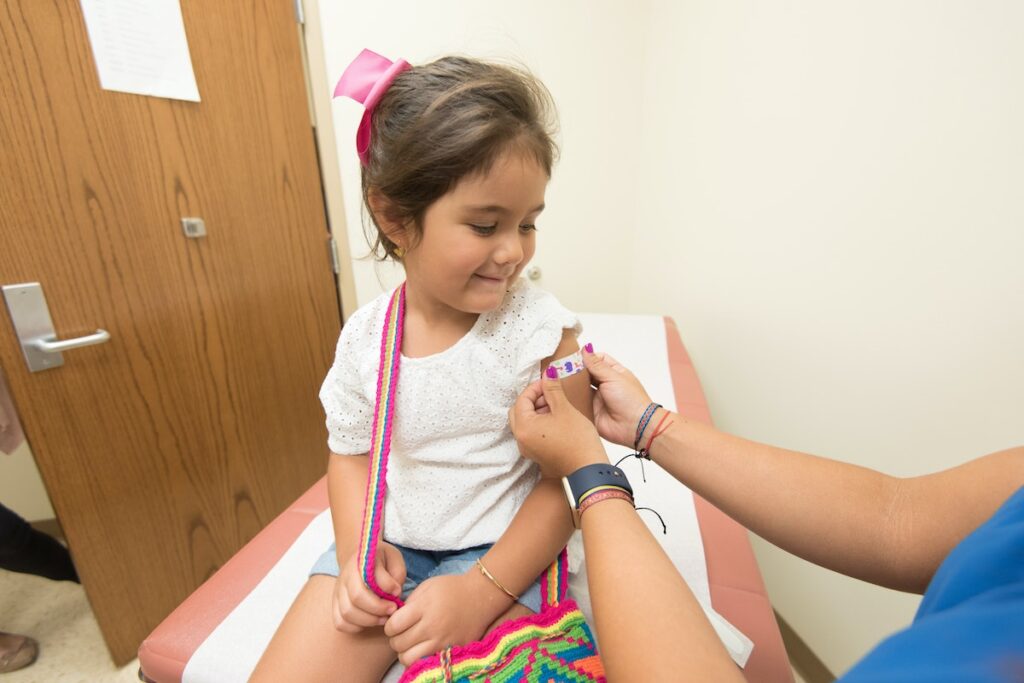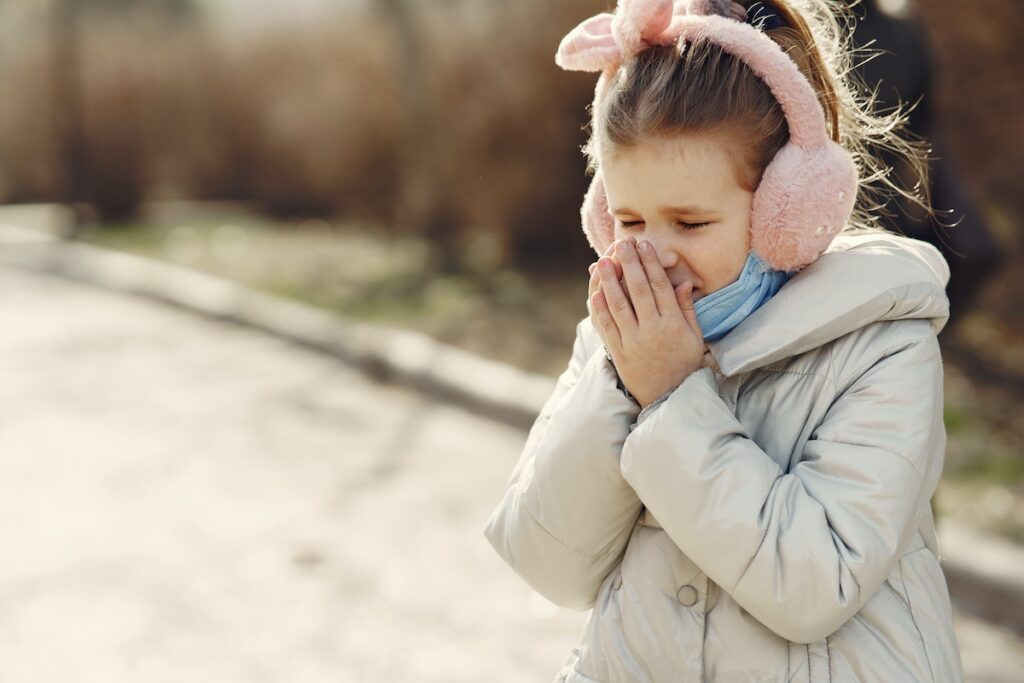As parents, caregivers, and educators, we must familiarize ourselves with the signs and symptoms of allergic reactions in children and understand how to provide appropriate care and support.
Allergies arise when the immune system responds abnormally to typically harmless substances, which can manifest in different ways, potentially posing significant risks if not appropriately addressed.
In this blog post, we will understand the prevalence of allergies in children, shedding light on the subject. Let’s get started, shall we?
Understanding Allergic Reactions in Children
So, what exactly are allergies? Well, allergies occur when our immune system overreacts to typically harmless substances, known as allergens. These allergens can be found in various forms, such as certain foods, our environment, or medications. When a child with allergies encounters an allergen, their immune system becomes hyperactive, leading to diverse symptoms and reactions
What are the common types of allergies we often encounter in children? First up, we have food allergies. These can be tricky to navigate, involving adverse reactions to foods like peanuts, eggs, or dairy products.
On the other hand, environmental allergies are triggered by elements in our surroundings, such as pollen, dust mites, or pet dander. Lastly, medication allergies occur when a child’s immune system reacts negatively to certain prescription medications.
What causes allergies to develop in children?
It combines various factors. Genetics can play a role, as allergies tend to run in families. So, if a parent or close relative has allergies, there’s a higher chance that their child might develop them too.
Research indicates that environmental factors also play a role in the development of allergies, with early-life exposures and immune system development, particularly influential.
Recognizing Allergic Reactions in Children
- Common Symptoms of Allergic Reactions
When it comes to allergic reactions, they often manifest through tell-tale signs like skin rash, itching, hives, or swelling. These symptoms can vary from child to child, but watching for these red flags can help us act promptly and provide the necessary care.
Understand the levels of severity, is it mild? moderate? or severe? Mild reactions usually involve localized symptoms like a small rash or itchiness.
Moderate reactions may include more extensive skin involvement or digestive issues. And then, we have severe reactions, which can be life-threatening and require immediate medical attention.
- Dealing with Common Allergies
When dealing with common allergens, what steps can you take when a child has an allergic reaction? Let’s break it down based on different allergy types.
- Food Allergies: It’s good to be aware of common allergens like peanuts, eggs, or dairy products for food allergies.
- Reading food labels carefully and being vigilant about cross-contamination can go a long way in preventing allergic reactions.
- When preparing meals, clean utensils and surfaces to avoid accidental exposure.
- Environmental allergies: In environmental allergies, common culprits include dust mites, pollen, pet dander, and mold. How can you reduce these allergens in our homes?
- Regular cleaning
- dusting, and
- vacuuming
- Keeping an eye on pollen counts and taking necessary precautions during peak seasons can make a big difference.
- Medication for Allergies: Some medications, such as antibiotics or certain pain relievers, are more likely to trigger allergic reactions in children. It’s important to be aware of these allergenic medications and communicate your child’s allergies to healthcare providers so they can give alternative options safely administered.

Preventing Allergic Reactions in Children and Managing Allergies in Everyday Life
So, let’s explore some practical tips to keep our little ones safe and allergy-free.
- Regular Cleaning
First things first, let’s create an allergen-free haven within our homes. Regular cleaning and dusting can help keep those pesky dust mites at bay. Opting for hypoallergenic bedding and pillow covers can also make a big difference. If your child has a known allergy to pet dander, consider keeping pets out of bedrooms and establishing pet-free zones to minimize exposure.
- Cooking fresh meals
When it comes to food allergies, we need to be extra cautious. Educate yourself about common food allergens and read food labels religiously. Cooking meals from scratch using fresh ingredients gives us better control over what goes into our children’s meals.
It’s also wise to communicate your child’s allergies to schools, nurseries, and caregivers, so they can provide appropriate alternatives and prevent accidental exposure.
- Emergency medication
Now, let’s remember the importance of preparedness. Keep emergency medication, such as antihistamines or epinephrine auto-injectors, readily available if your child has been prescribed. Make sure family members, close friends, and your child’s school or nursery know your child’s allergies and how to respond in case of an allergic reaction.
Conclusion
That’s it for this section, folks! We’ve covered allergic reactions in children, the common types we see in children, and the factors that can contribute to their development. Remember, knowledge is power, and by being aware of allergies and their causes, we can better protect our little ones.
So, let’s stay informed, watch for any potential allergens, and create a safe and healthy environment for our Kenyan families. By staying vigilant, educating ourselves, and advocating for our little ones, we can create safe environments that minimize the risk of allergic reactions.
Watch for any potential allergens, and create a safe and healthy environment for our Kenyan families. As they say, “Elimu ni ufunguo wa maisha” (Education is the key to life).











